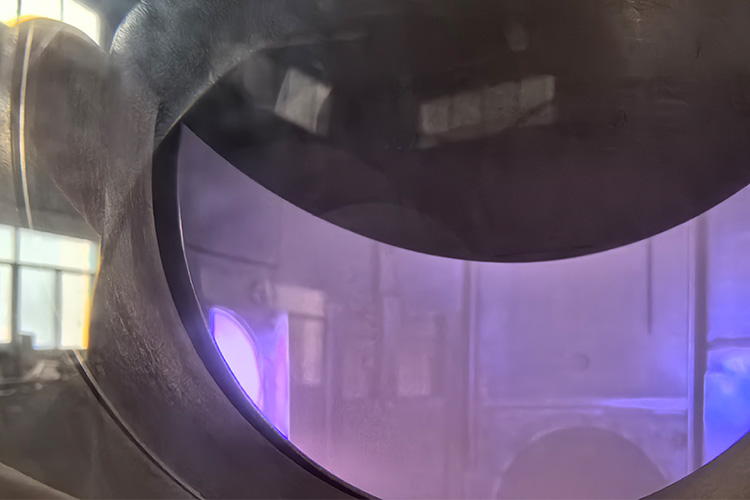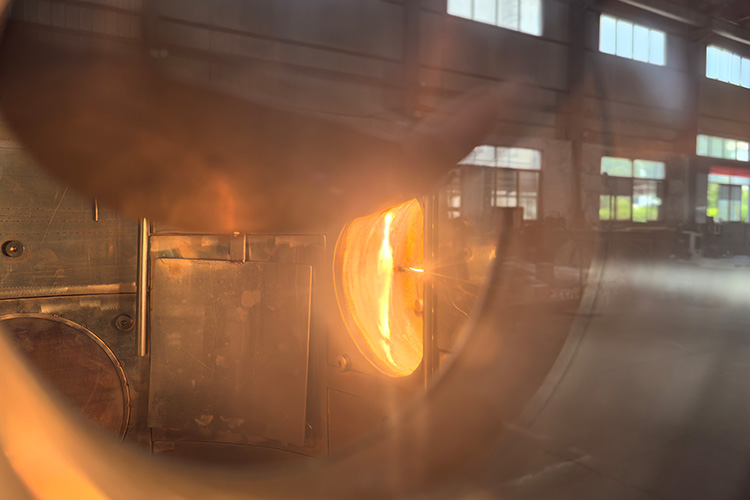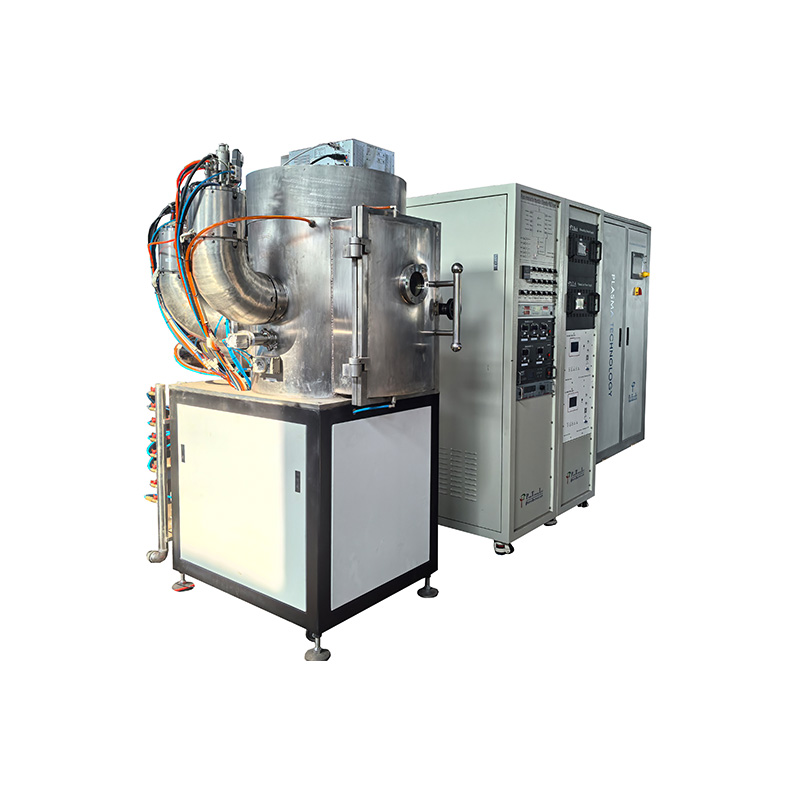Vacuum Deposition Plasma Immersion Ion Implanter Ion Implantation Equipment

Plasma immersion ion implantation and deposition equipment is an advanced surface treatment technology system that combines ion implantation and thin film deposition.
1. Main components of the equipment
Plasma source: Generates high-density plasma (such as RF, ECR or pulsed DC source), and gases commonly used are Ar2, N₂, CH₄, etc.
Vacuum chamber: Maintains a low-pressure environment (10⁻2~10⁻4 Pa) to ensure plasma stability.
High-voltage pulse modulator: Apply negative high-voltage pulses (1~100 kV) to accelerate ions to be injected into the workpiece surface.
Workpiece stage: Carries samples and can have heating, rotation or bias functions.
Process gas control system: Precisely controls the flow of reactive gases and doping gases.
Control system: Integrated PLC touch screen, regulates each vacuum pump, pulse parameters, gas flow pressure and temperature.

2. Working principle
Ion implantation mode: The workpiece is immersed in plasma, and the high-voltage pulse causes ions (such as N⁺, C⁺) to be vertically injected into the surface to form a strengthening layer.
Deposition mode: reduce the pulse energy to make the active groups (such as Si, C) in the plasma deposit on the surface to form a film (such as DLC, SiNₓ).
3. Technical features
Three-dimensional uniformity: suitable for complex-shaped workpieces (such as gears, molds).
Low-temperature process: avoid thermal deformation of materials (<200°C).
High bonding force: no interface between the implanted layer and the substrate, and the coating has strong bonding force with the substrate.
Versatility: injection, deposition or composite processing can be achieved by switching gases/parameters.
4. Main applications
Semiconductor: shallow junction doping, SOI preparation.
Tool coating: TiN, diamond-like carbon (DLC) coating to improve hardness.
Biomedicine: nitridation treatment of titanium alloy implants (enhanced wear resistance). Optical thin film: anti-reflective film, transparent conductive oxide (TCO) deposition.
5. Main advantages of the equipment
* High processing efficiency (batch processing);
* No mask is required, low cost;
* Gradient functional materials can be achieved.
6. Customized solutions

Combined process: such as PIII&D combined with magnetron sputtering to prepare nano-multilayer films.
Pulse parameter optimization: bipolar pulses reduce surface charge accumulation.
New plasma sources: such as inductively coupled plasma (ICP) to increase ionization rate.

